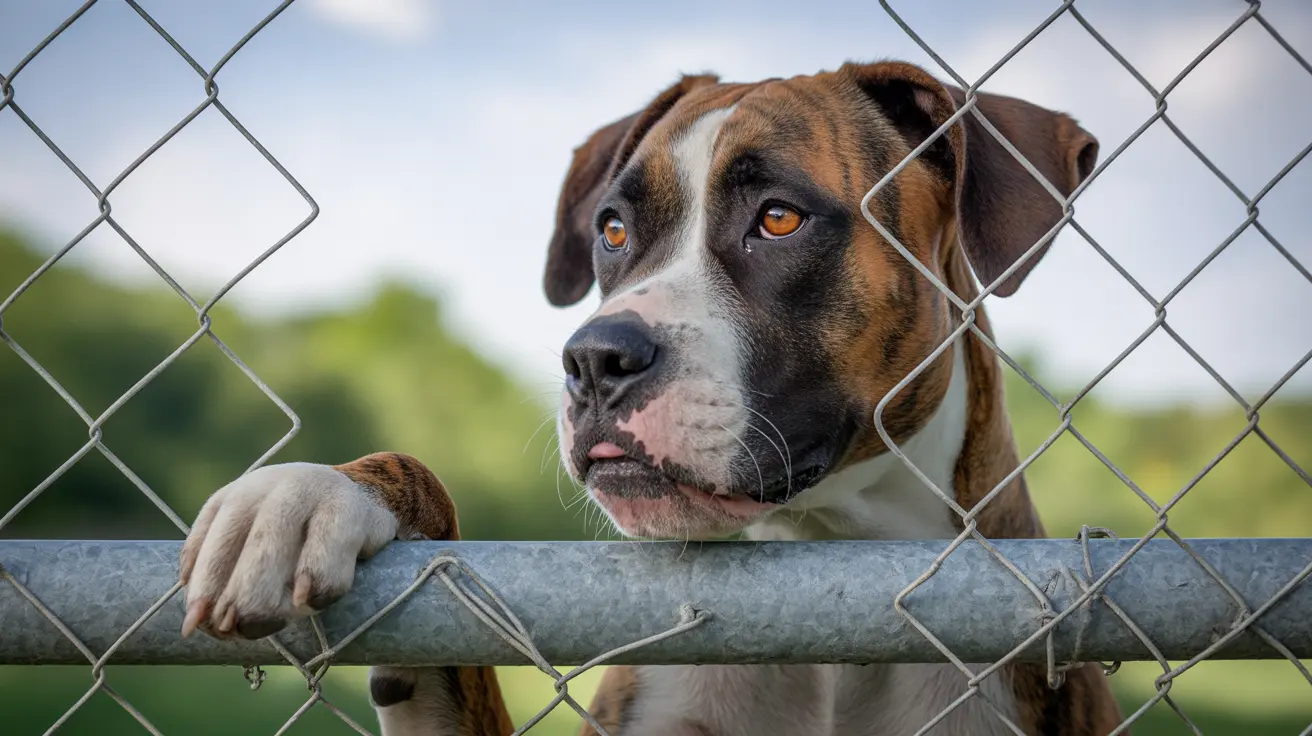Understanding the Cost and Benefits of Dog Knee Braces
Canine knee injuries, particularly cranial cruciate ligament (CCL) tears—which closely resemble anterior cruciate ligament (ACL) injuries in humans—are common and serious concerns for pet owners. When surgery is not a viable option, dog knee braces can offer a viable alternative. But how much do these devices cost, and are they worth it?
Average Cost of Dog Knee Braces
The price of a dog knee brace varies significantly based on several factors including type, materials, design, and fit:
- Custom-made braces: Typically cost between $500 and $800. These braces are molded to fit a dog’s specific anatomy and made from durable materials such as plastic or reinforced aluminum.
- Off-the-shelf (generic) braces: Usually priced from $300 to $500. Made of fabric or soft materials, these may not offer enough support for larger dogs or those with complete ligament tears.
The additional cost may include a veterinary consultation, casting or molding, and follow-up visits to ensure proper fit and function.
When Are Dog Braces Recommended?
Although surgery is still the gold standard for treating complete CCL tears, dog knee braces are increasingly being used in situations such as:
- Partial ligament tears—allowing natural healing while providing joint support.
- Senior or medically fragile dogs—who can't tolerate anesthesia or surgical recovery.
- As post-operative support—to stabilize the joint during rehabilitation.
- For smaller breeds—which may respond well to conservative treatment.
- To support the opposite limb—in cases of bilateral injuries or to prevent compensatory damage.
Types of Dog Knee Braces
- Rigid custom braces: Made from molded plastics and splints, offering optimal stability.
- Sleeve-style braces: Typically less expensive but less effective in medium to large breeds.
- Braces with removable splints: Allow adjustment in support based on activity and injury stage.
Factors Affecting the Cost
Several aspects influence the pricing of dog knee braces:
- Customization: Braces specifically molded to your dog’s leg anatomy cost more due to the casting and crafting process.
- Material quality: Durable components like structural aluminum or medical-grade plastic drive up costs but improve effectiveness.
- Veterinary fees: Assessments, fittings, and follow-ups add to the final expense.
- Brand and location: Suppliers and geographical area may influence pricing.
Benefits of Dog Braces
- Non-invasive: No surgery or anesthesia required.
- Cost-effective: Compared to surgical options like TPLO or TTA, which can exceed $3,000.
- Faster recovery time: Allows supported movement, preventing muscle atrophy.
- Adjustability: Many braces can be tailored to a dog's specific condition and tolerance levels.
Limitations and Risks
- No permanent solution: Braces manage symptoms but may not fully resolve the instability.
- Owner compliance required: Proper usage and consistent wearing time are essential.
- Incorrect fit risks: Irritation, slipping, or worsening of lameness if the brace is not well-fitted.
- Tolerance: Not all dogs adapt easily to wearing braces, and acclimation takes time and supervision.
Choosing the Right Brace
A veterinary evaluation should precede any decision to use a dog knee brace. Factors like breed, weight, activity level, and health conditions must be taken into account. Custom molds made by veterinary orthotists ensure the best fit and results.
Additional Supportive Measures
Aside from braces, other devices and therapies can aid a dog's recovery or ongoing comfort:
- Support harnesses—for easier lifting and stabilization.
- Canine wheelchairs—for dogs with severe or bilateral injuries.
- Hydrotherapy and rehab—to build muscle and improve mobility with minimal joint stress.
Conclusion
Dog knee braces provide a practical and financially accessible alternative for managing CCL injuries in pets who are not candidates for surgery. With costs usually ranging from $300 to $800, these braces offer stabilization, reduced pain, and an improved quality of life when used correctly. Consultation with a veterinarian ensures the right option is chosen based on your dog's unique needs.





